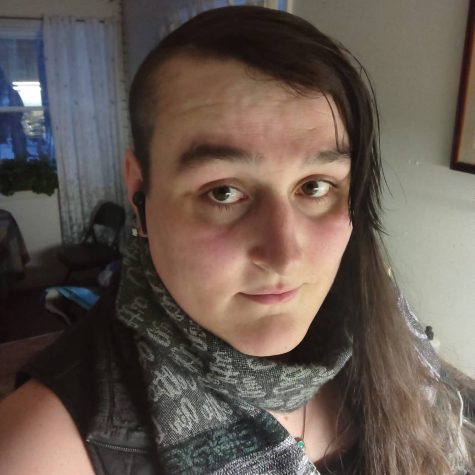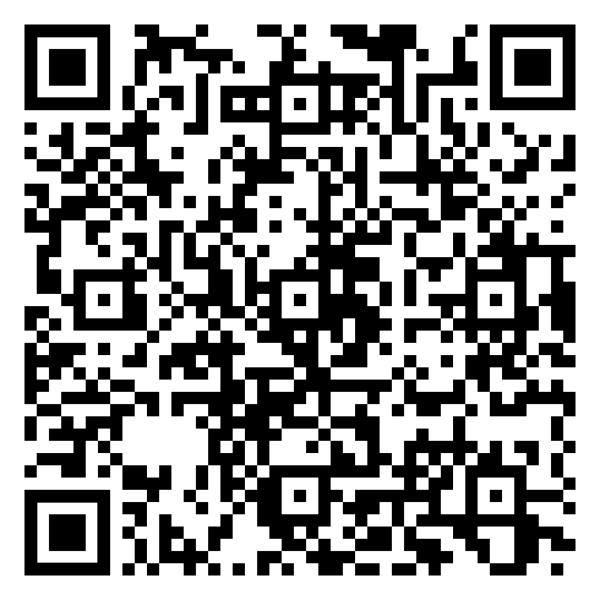Punk Science: Wi-Fi from the sky
Welcome to the third semester of Punk Science my fellow nerdlings!
In this week’s installment, we briefly say goodbye to the sciences in order to visit its neighbor in the STEM acronym: technology.
With a pandemic still very much a part of our world, life as we know it has changed radically from the everyday before COVID-19. Remember when you used to go to school to go to school?
These days, remote learning has rapidly become a widespread medium for educators and students alike. Platforms like Zoom, Discord, and other social media outlets have become the normal way of communication in a time where face-to-face contact is kept to a minimum.
There is a catch to this new wave of connectivity, however. What if you have terrible internet?
There’s plenty to be said for Vermont. It’s a scenic locale, full of rural charm and tight-knit communities. One thing that you probably won’t find high up on that list of green mountain blisses, however, is high speed internet. Most communities have standard internet, with the push for broadband and fiber optic delivery methods still years away from full coverage.
That takes a real toll in a world where most of our interactions, both for work and for pleasure, come from the internet. On a particularly windy day, you can watch as your journalism professor freezes mid-sentence as if he had a stroke or you’re watching an episode of your favorite trendy series, only to see the little spinning ring of death pop up in the middle of your screen. Such is the way of internet in northern Vermont.
If things go well for SpaceX over the next couple years though, there might be relief in sight.
Starlink, a brainchild of the near mythical figure Elon Musk, is a novel solution to a decades old problem. How to get internet to those who are underserved or completely lacking in connectivity at all.
Crashing into the scene is a concept that has captivated many since its inception.
The primary goal of Starlink is to fill the low earth orbit with small communications satellites in a massive, human made constellation that can deliver internet to the far corners of the globe, and possibly beyond.
In the case of SpaceX and the Starlink project, the plan is to eventually have a network of 10,000 to 20,000 satellites in orbit around earth, each of them part of a tapestry that spans the globe and makes it possible for anyone and everyone to have some form of internet access.
It’s an ambitious goal, costing billions in startup costs alone. As of press time, Starlink has sent just over 1,300 satellites into low orbit, many of which can be seen in the night sky if you’re in the right spot on earth.
This poses its own problem for astrologists, many of whom are concerned that this sudden uptick in space traffic will make stargazing from earth nearly impossible. The consequences of a synthetic constellation have already become apparent in one case, when a telescope at Arizona’s Lowell University recorded an image streaked through with bright, white lines, the trails of Starlink satellites that were flying overhead.
There are other concerns over the amount of material that is being sent to space, especially in low orbit. While SpaceX is the current leader in this new space race, there are other companies with their eye on the sky. Amazon, among others, is looking to begin work on its own constellation orbiting around earth, and with all that traffic, there’s potential for disaster.
Collisions, space debris, and stargazing aside, the project is still an interesting and novel goal. Already in 2020, Starlink has helped provide coverage to emergency workers involved with the wildfires in California and Oregon last year.
At present, there are roughly 10,000 subscribers in the beta test of the new internet network, with many more applications waiting to be processed. With COVID-19 still very much a real part of our lives, the issue of internet and connectivity is a large part of our everyday lives. Anything to help alleviate the growing pains of frozen professors and infinitely loading TV episodes seems like a worthy project given our current world state.
For now, that’s all the science we’ll be looking at this week. Make sure to look out for the next installment of Punk Science, where we’ll be looking at yet another fascinating area of science and technology. Until next time, farewell from Punk Science, where we’re making science cool again!

Senior, BFA Creative Writing major from Craftsbury, VT.
Resident Punk Scientist and Basement Medicine Web Wrangler.
I love science and writing, and...



